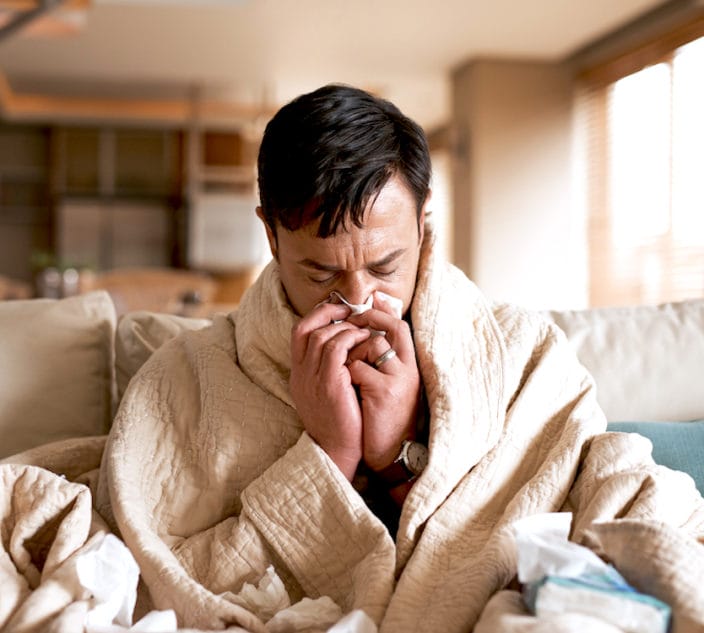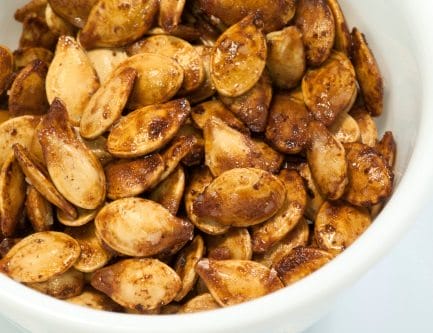Epinephrine auto-injectors are a life-saving tool for children with allergies, however new evidence suggests the design of the devices may need adjustment for use on very young children.
The needles in pediatric auto-injectors are half-an-inch long, but according to research presented at the AAAAI conference in March, the ideal length for babies is unknown. Using ultrasound technology, researchers simulated an epinephrine auto-injector on 53 infants and toddlers (16.5 to 33 pounds) and assessed the impact.
Their results suggest that the needle inside pediatric auto-injectors needs to be shortened in order to avoid striking bone rather than muscle.
“With 10 pounds of compression, the mean skin-to-bone distance was 13.3 millimeters and the mean skin-to-muscle distance was 6.3 mm. That means a standard needle length of 12.7 mm would strike the bone in 43.1 percent of our patients,” concluded study author Dr. Harold Kim, who was leading a research team from Western University in London, Ontario.
The team modeled the study on the Auvi-Q epinephrine auto-injector, but Kim said it’s his view that they’d get similar results using an EpiPen Jr. The study was funded by Sanofi, the former distributor of the Auvi-Q.
Kim stressed, however, that epinephrine auto-injectors remain the first line of treatment for anaphylaxis, the serious and potentially life-threatening allergic reaction. “Even with our findings, epinephrine auto-injectors should be used when required,” said Kim.
The Workaround
For parents and pediatricians, Kim offers a helpful solution to avoid hitting the bone in a child who weighs under 33 pounds (15 kg) when using an auto-injector:
‚Ä¢ Squeeze the child’s outer thigh (vastus lateralis) muscle, so that when you inject, the muscle doesn’t compress.
• Just be careful not to hit your own finger with the auto-injector.
Kim noted at a press conference that “if the muscle doesn’t compress, you won’t hit bone in any kid.”
See also: Dr. Kim’s 2017 video.
–with files from Gwen Smith






